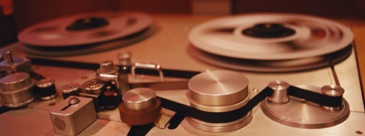We left the club a few minutes ago to hit the hotel for a pre-show crash and we found our Sprinter wrapped up with police tape! There were five or six cops on walkie-talkies…The bank right next door had been robbed (in daylight!) and I guess the Czech plates of our van were a red flag. We’re now waiting for investigators to come from three hours away. The robber had thrown a huge rock into the front window of the bank and walked in with a gun.
ps, There’s a couple, Mary and Ian, that are getting engaged tonight on stage!!! I will do the honors…

